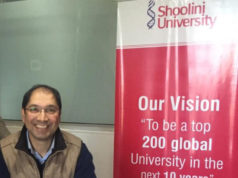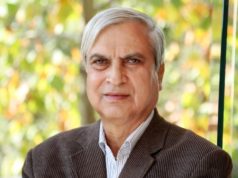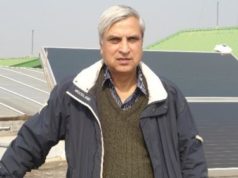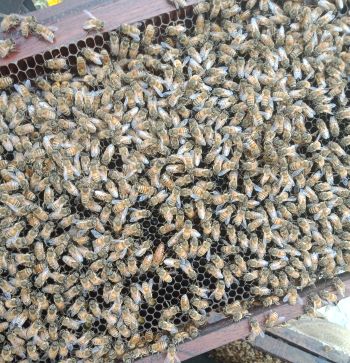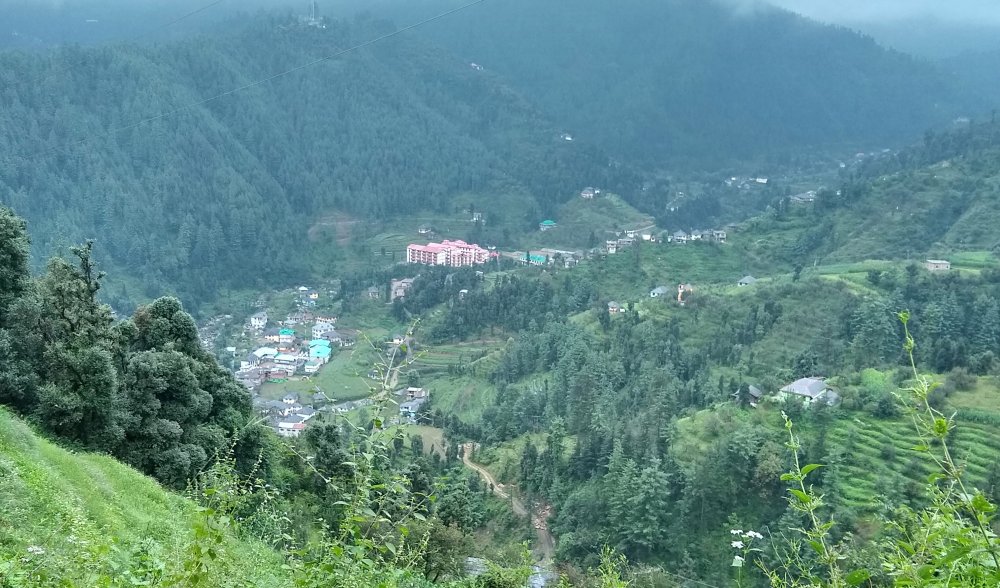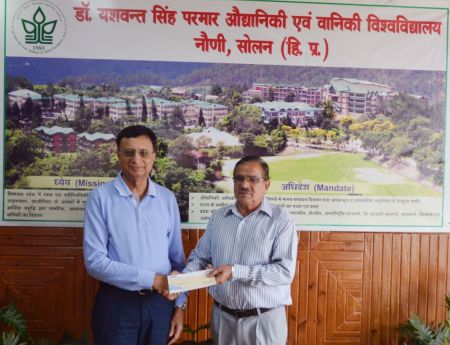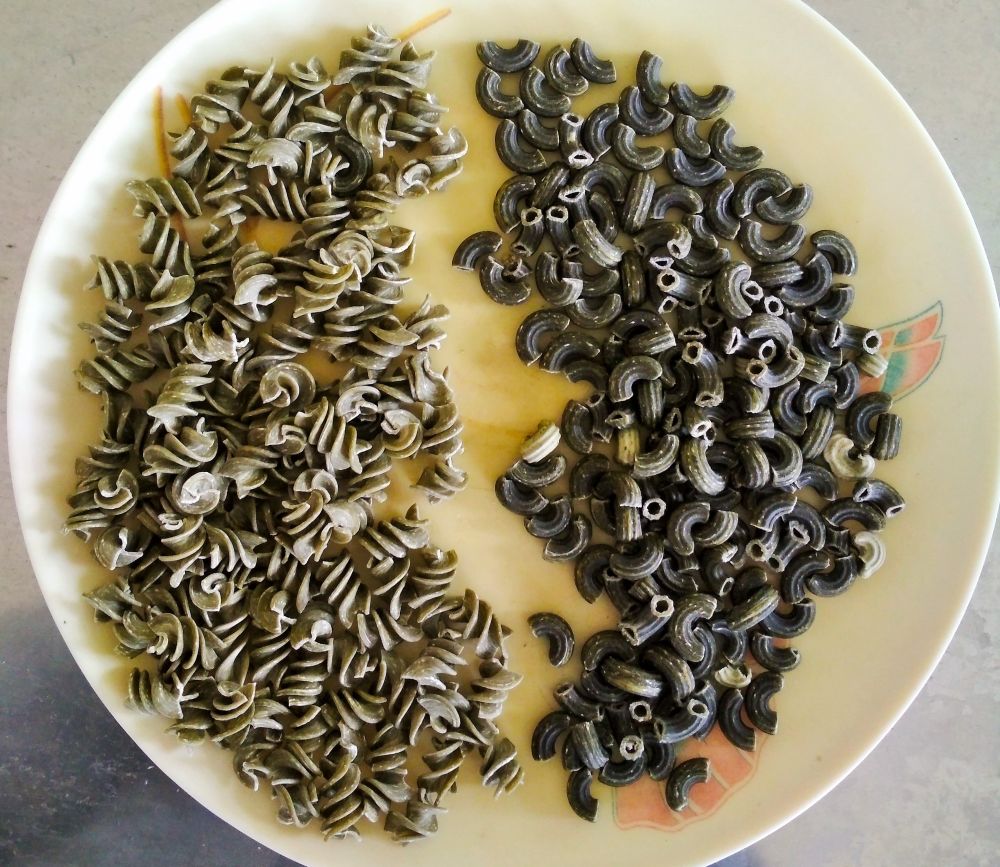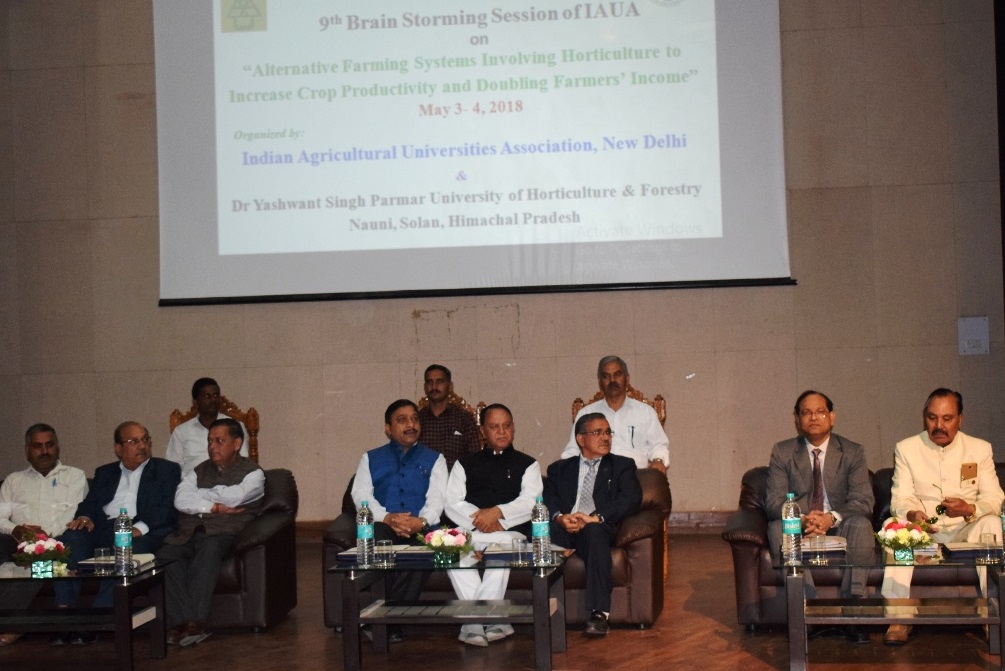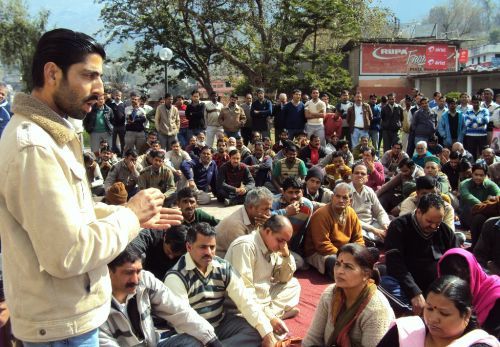Nauni/Solan: Dr. Hari Chand Sharma, a former student and ex Vice-Chancellor of Dr. YS Parmar University of Horticulture and Forestry, Nauni has brought laurels to the state and the country. His name figures among the top 2 percent scientists in the world, according to a study by the Stanford University, USA.
Dr. Sharma is the top-ranked scientist in Entomology and placed at 217 position in the world with a C-score of 3.54780554.
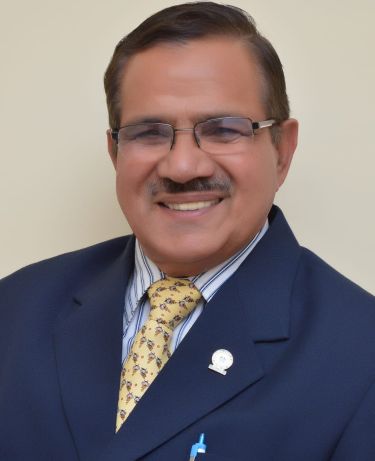
Hailing from district Bilaspur in Himachal Pradesh, Dr. Sharma has over 40 years of experience in education and research in India and collaborative research with scientists in Europe, Australia and the USA. His scientific contributions are largely focused on developing insect-resistant varieties and the use of the transgenic crop for pest management, biosafety of GMOs, climate change effects on agriculture and sustainable crop production for food safety.
Dr. Sharma scientific contributions have been recognized by several national and international academic societies including seven gold medals, Millennium Science Award by ICRISAT, Excellence in Science Award by Consultative Group on International Agricultural Research (CGIAR) and Hari Om Trust Award by Indian Council of Agricultural Research. Dr. Sharma is a fellow of the several academic societies, including the National Academy of Agricultural Sciences. He is the only Indian scientist who is a Fellow of the Entomological Society of America and has also served as president of the Council of International Congress of Entomology for two terms and had also hosted the International Congress of Plant Protection in 2019 in India. He was the Governing Board Member of the International Association of Plant Protection Sciences. Dr. Sharma served as the Vice-Chancellor of Dr. YS Parmar University of Horticulture and Forestry from the year 2016 and 2019.
Stanford University recently released a list that represents the top 2 percent of the most-cited scientists in various disciplines. The exhaustive list has 1,59,683 persons with nearly 1,500 Indians in it. The list represents the top 2 percent of the most-cited scientists in various disciplines using a cumulative career citation index (c-index) as a guide.


